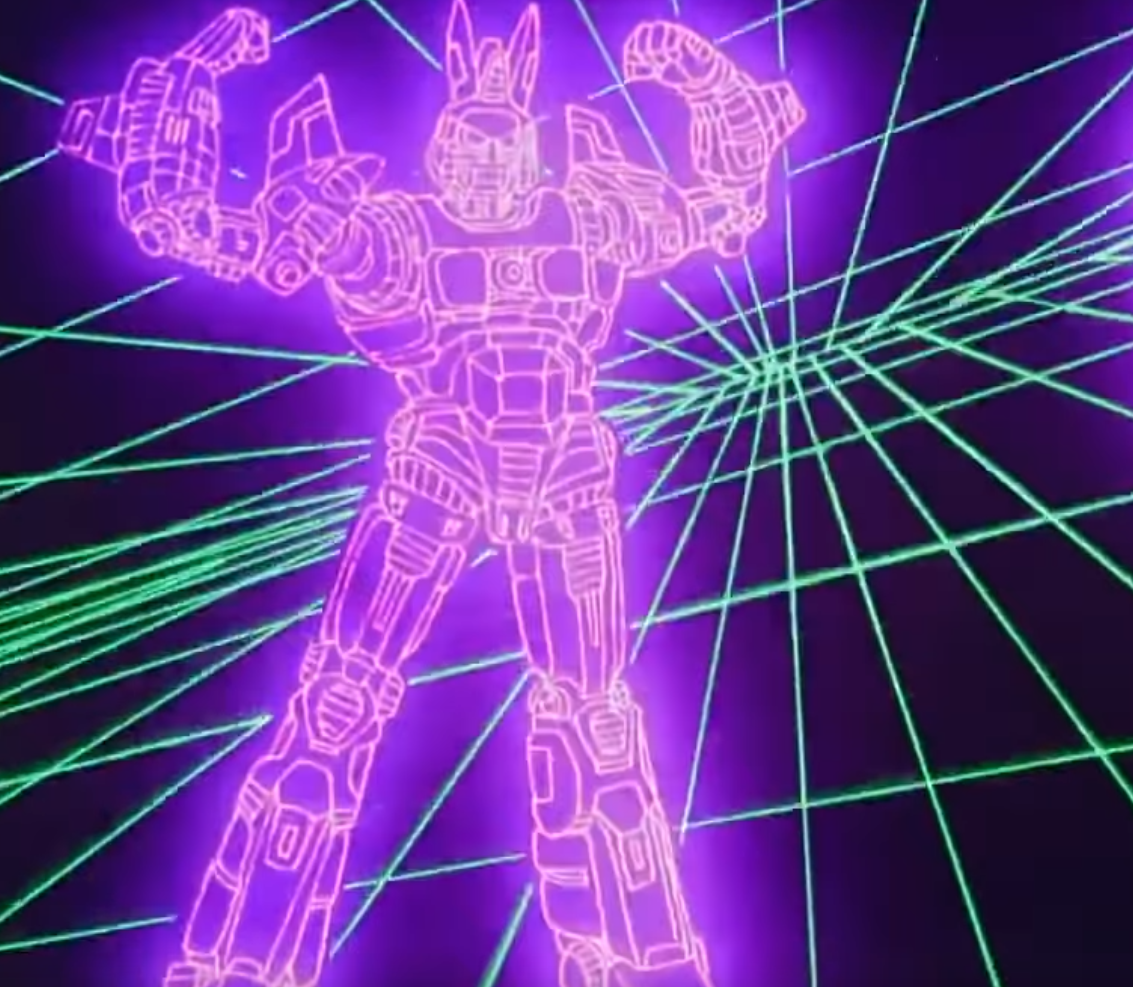NEW DELHI (AP) — The world’s largest democratic election could also be one of its most consequential.
With a population of over 1.4 billion people and close to 970 million voters, India’s general election pits Prime Minister Narendra Modi, an avowed Hindu nationalist, against a broad alliance of opposition parties that are struggling to play catch up.
The 73-year-old Modi first swept to power in 2014 on promises of economic development, presenting himself as an outsider cracking down on corruption. Since then, he has fused religion with politics in a formula that has attracted wide support from the country’s majority Hindu population.
India under Modi is a rising global power, but his rule has also been marked by rising unemployment, attacks by Hindu nationalists against minorities, particularly Muslims, and a shrinking space for dissent and free media.
HOW DOES THE ELECTION WORK? The 6-week-long general election starts on April 19 and results will be announced on June 4. The voters, who comprise over 10% of the world’s population, will elect 543 members for the lower house of Parliament for a five-year term.
Hah India and democracy, good joke.
Modi will win, Muslims will be beaten in the streets.
India is committing hard to being a terror state and is more than willing to assassinate people abroad.
This is the best summary I could come up with:
With a population of over 1.4 billion people and close to 970 million voters, India’s general election pits Prime Minister Narendra Modi, an avowed Hindu nationalist, against a broad alliance of opposition parties that are struggling to play catch up.
The staggered polling allows the government to deploy tens of thousands of troops to prevent violence and transport election officials and voting machines.
Modi’s Bharatiya Janata Party and his main challenger, Rahul Gandhi of the Indian National Congress, represent Parliament’s two largest factions.
Opposition parties, which have been previously fractured, have united under a front called INDIA, or Indian National Developmental Inclusive Alliance, to deny Modi a a third straight election victory.
For decades, India has clung doggedly to its democratic convictions, largely due to free elections, an independent judiciary, a thriving media, strong opposition and peaceful transition of power.
But even as India’s growth soars by some measures, the Modi government has struggled to generate enough jobs for young Indians, and instead has relied on welfare programs like free food and housing to woo voters.
The original article contains 696 words, the summary contains 176 words. Saved 75%. I’m a bot and I’m open source!
Haha “democracy” sure buddy i believe you.



